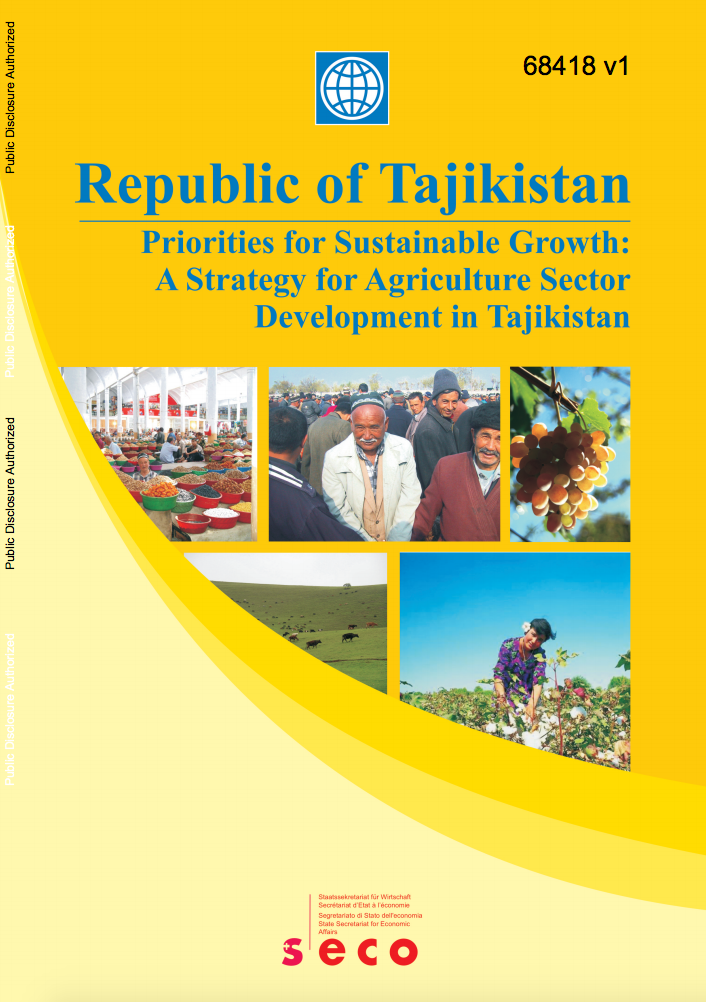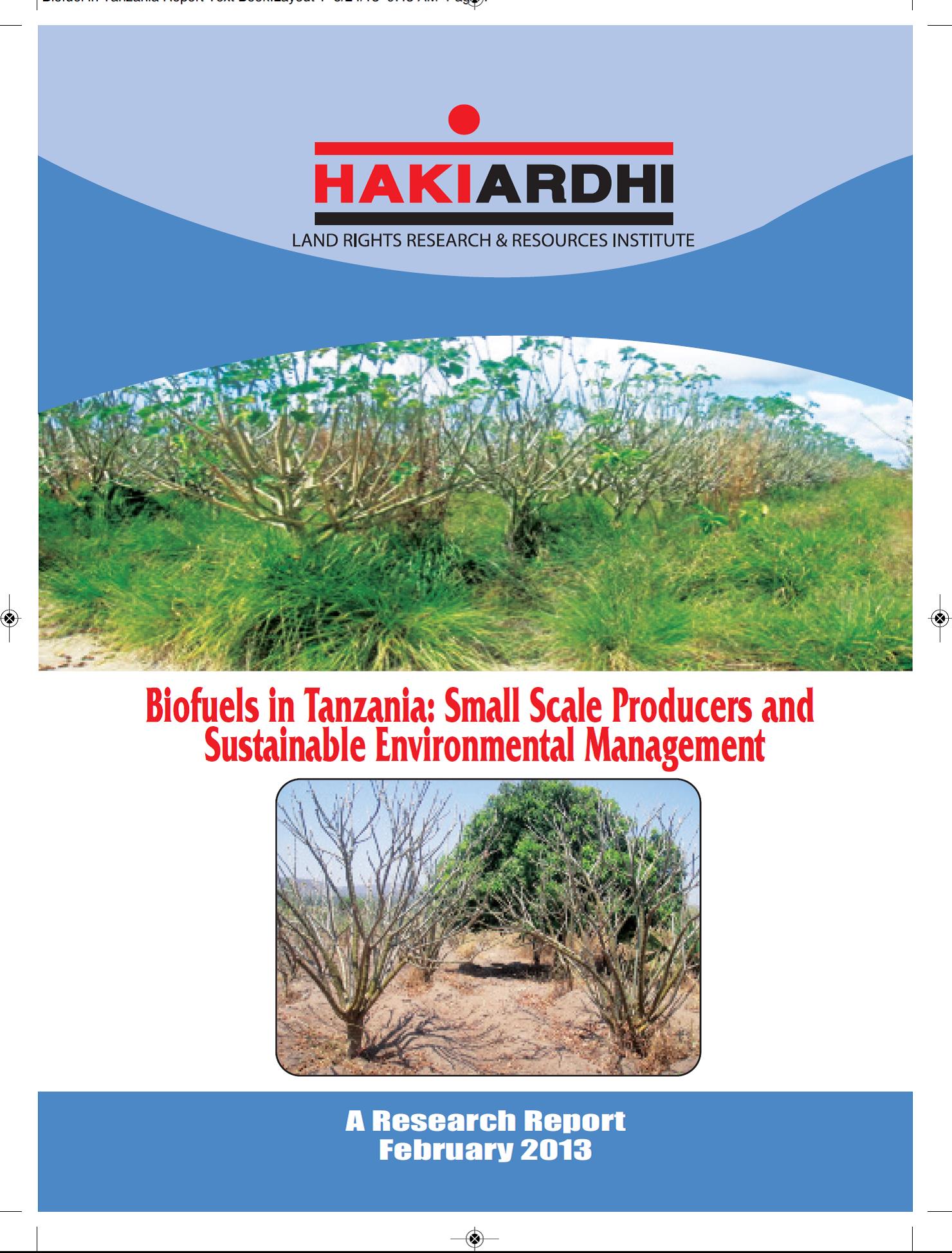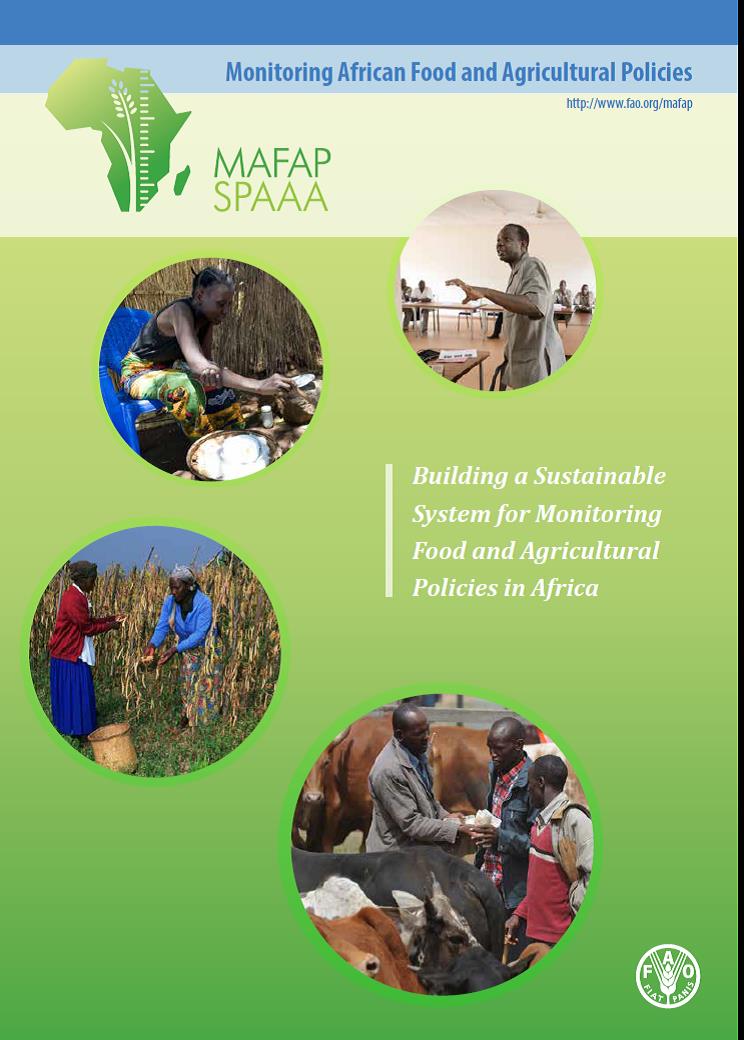SAGCOT Today and Tomorrow
The founding document of SAGCOT, the Investment Blueprint, was developed by the founding partners encompassing government, donor partners, farmers, and the private sector. The SAGCOT Investment Blueprint details the objectives of SAGCOT and how these will be achieved. This is a long-term initiative, which will take 20 years to fully implement. However, the positive impact of bringing the public and private sector together to develop agriculture is already yielding results. Since its inception, SAGCOT has achieved the following main milestones:








